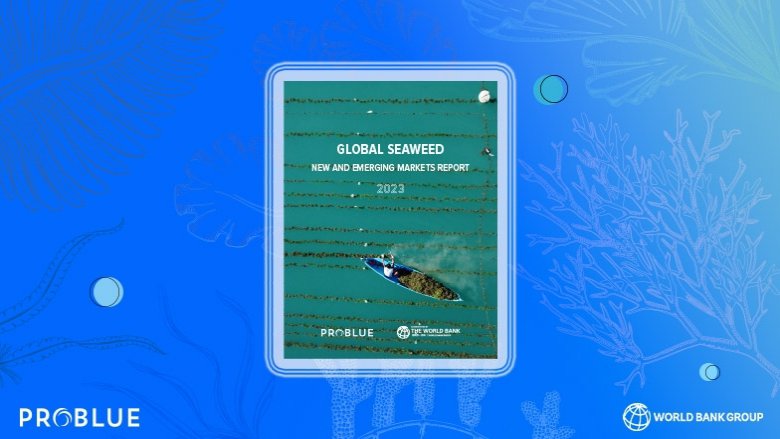With its ability to sink carbon, sustain marine biodiversity, employ women, and unlock value chains, seaweed farming demonstrates how development, climate, and nature work together to generate value and uplift communities. Seaweed farming can help build a world free of poverty on a livable planet and has enormous growth potential.
The Global Seaweed New and Emerging Markets Report 2023 has identified ten global seaweed markets with the potential to grow by an additional USD 11.8 billion by 2030. Yet, much of the seaweed sector’s value remains untapped - it has clear growth potential beyond its current markets. Today, most farmed seaweed is used for direct human consumption, as fresh feed in aquaculture, or as hydrocolloids. However, seaweed-farmed products may be able to displace fossil fuels in sectors such as fabrics and plastics; can provide ecosystem services, such as carbon sequestration and nitrogen cycling; and can generate socioeconomic benefits in fragile coastal communities. Further, the market is currently dominated by a handful of Asian countries, which produce 98 percent of farmed seaweed by volume globally. Opportunities for growth in new regions and applications are high.
